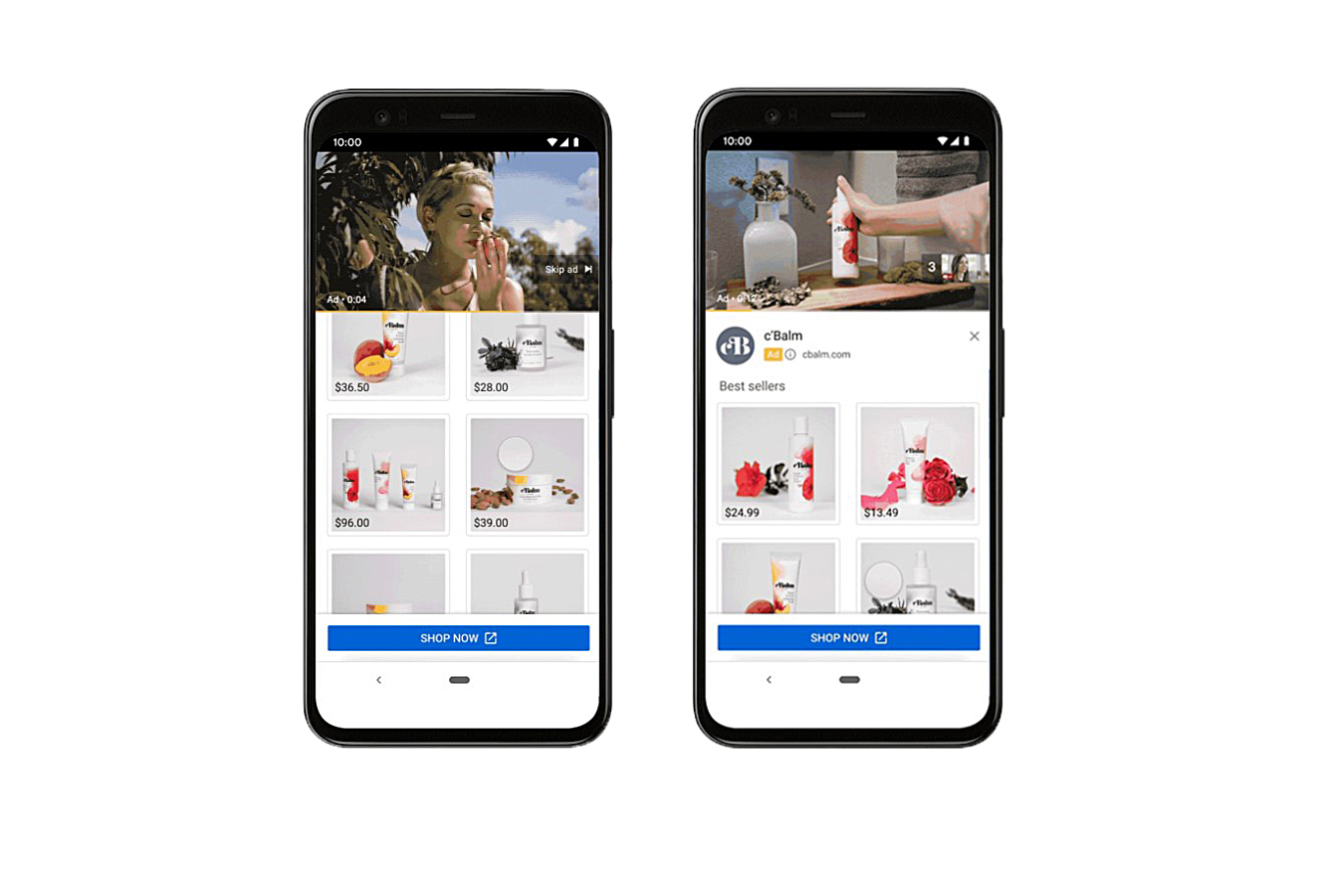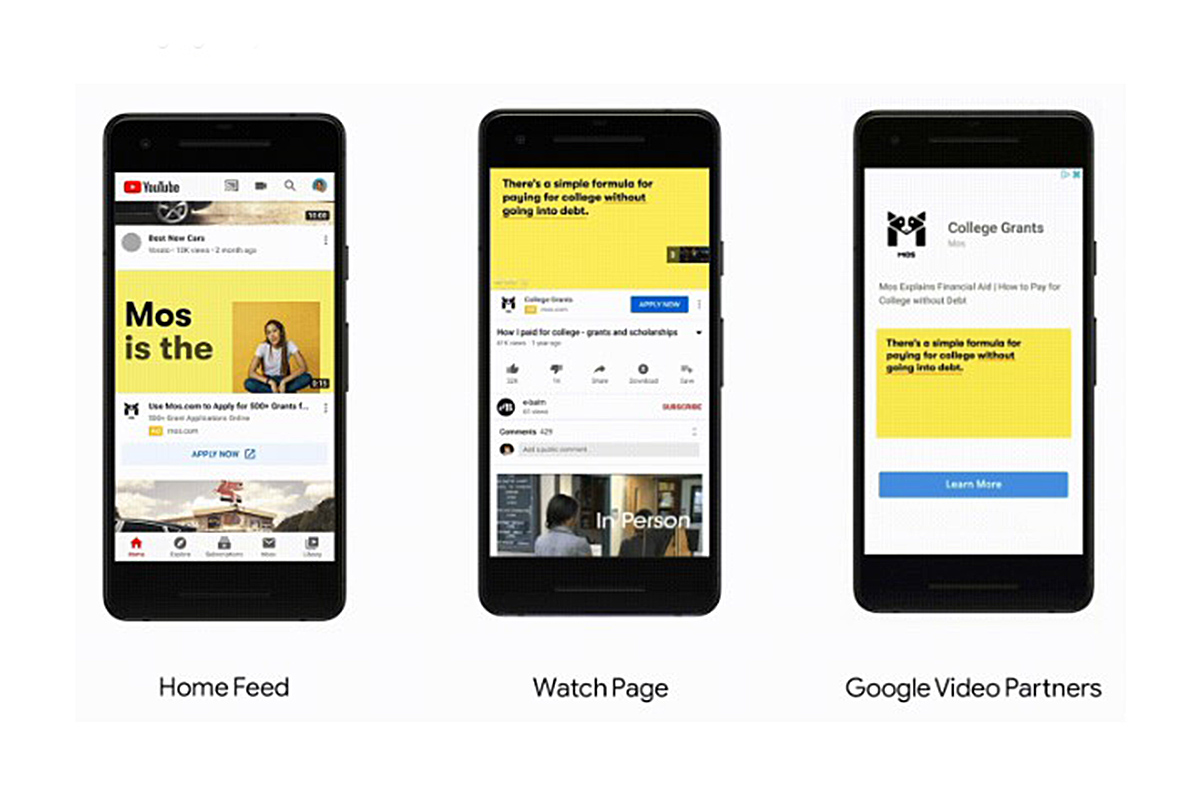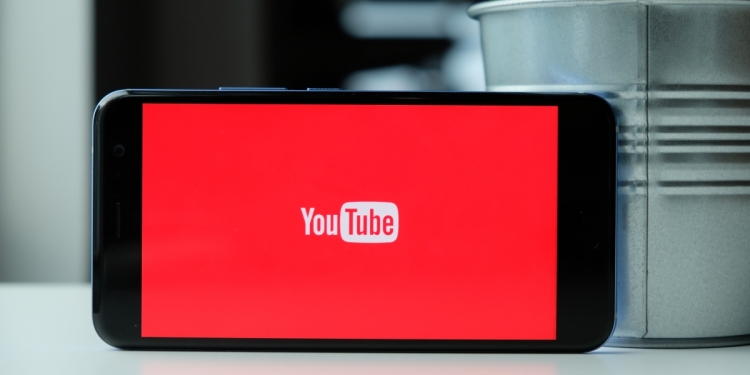With many brick-and-mortar stores closed due to social distancing restrictions during the Covid-19 pandemic, online shopping has become the primary preferred method many consumers choose to buy their goods. Now YouTube wants to make its videos “more shoppable” in a bid to help businesses find more leads and drive more online sales.
YouTube believes its platform is poised to take advantage of this growing interest in e-commerce shopping. It claims that 70% of people have bought a brand’s product because they saw it in a YouTube video.
Google’s video site is currently testing a list of products underneath a playing shopping ad. Under the new format, as a video ad plays, the space directly below videos will show a feed of products featured within the video. There will also be a big blue “Shop Now” button.

Even after the ad has finished playing, users can return to the storefront at any time from the top ad banner. According to YouTube, it is still experimenting with this product list format.
To use this new shoppable format, all a brand needs to do is sync their Google Merchant Centre feed with their video ads. Once they have done that they can visually expand an ad’s “call to action” button and add the relevant products they want to feature in the ad.
According to YouTube, an early tester of the format was Aerie, which ran targeted ads on YouTube to see a 25% higher return on ad spend compared to the prior year. It claimed it saw nine times more conversions compared to their traditional media mix.

YouTube also announced “Video action campaigns”. It is said to be a simple and cost-effective way to bring YouTube video ads that drive action to YouTube’s home feed, watch pages and Google’s video partners. The company added that it will include any future inventory that becomes available, like the What to Watch feed.
The company claimed these Video action campaigns for companies of any size, even startups. It cited the example of Mos, a business that helps students find funds for college to avoid large student debts. After testing YouTube’s solution, it claimed to have 30% more purchases of their service at a third of the cost compared to their previous YouTube benchmarks.
But YouTube is not the only tech business that is changing its approach to serving brands, as more turn to online platforms to sell their products. Last month, Facebook launched its Facebook Page Shops feature that allows businesses to list products that they are selling and connect with their customers. Under that solution, customers can browse and buy products directly from a business’ Facebook Page or Instagram profile.
[SOURCE]








